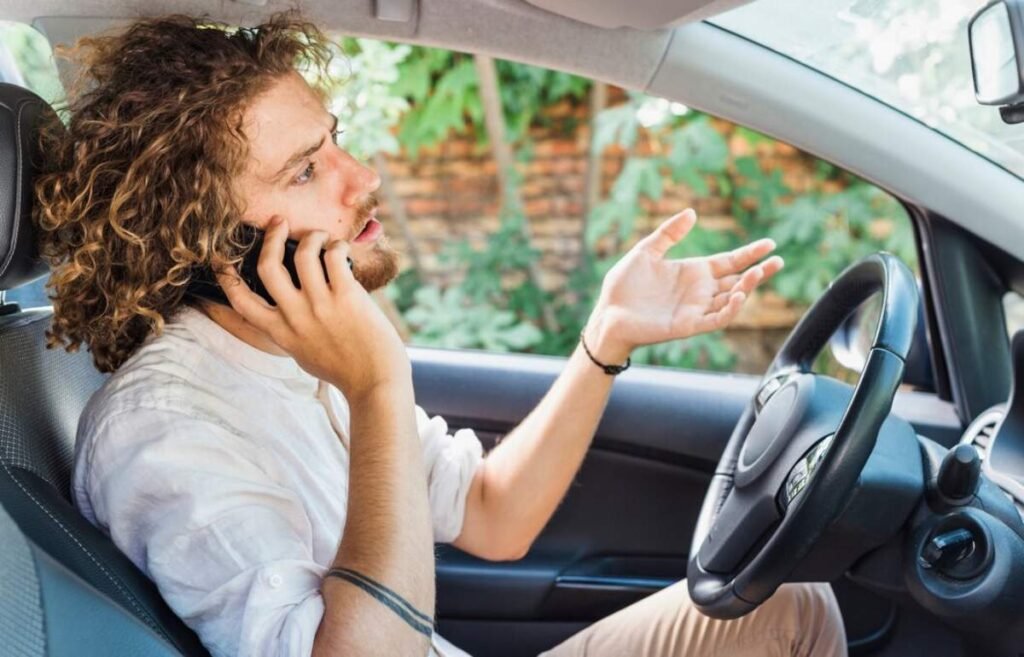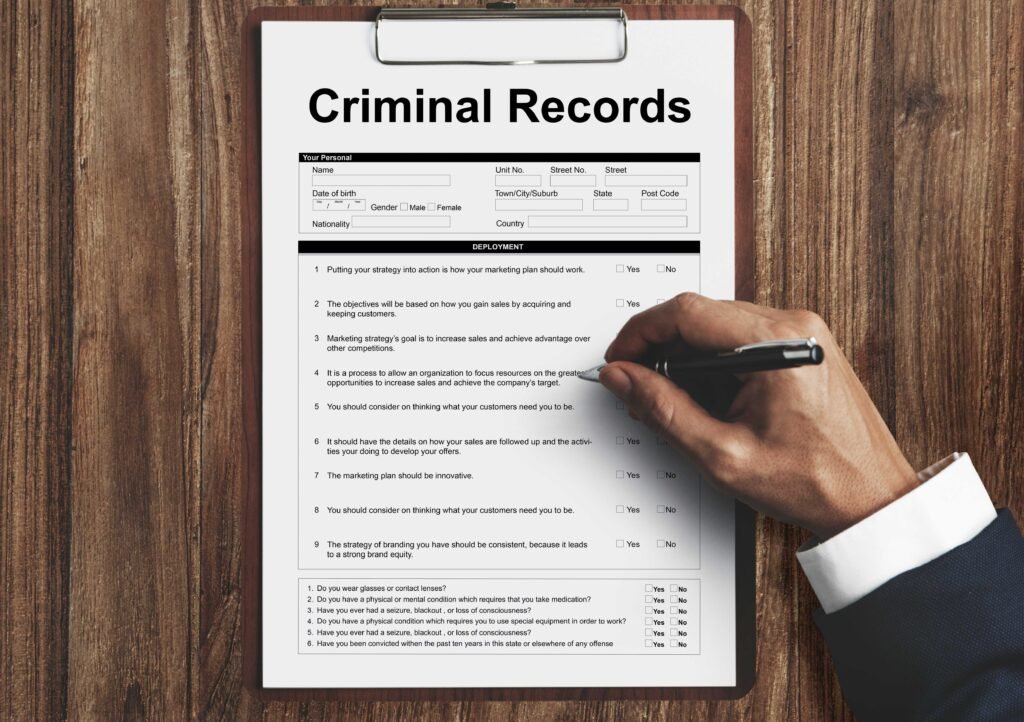
Distractions are everywhere, but nowhere are the dangers of being distracted more prevalent than when driving a vehicle. Distracted driving can take many forms, and it only takes a fraction of a second for a devastating accident to happen. In this article, Dr. Louis Patino, a personal injury attorney in San Antonio, delves into what distracted driving can look like in Texas and across the wider U.S. and when drivers might be entitled to compensation if they’re injured in an accident caused by another driver who was distracted behind the wheel.
What Is Distracted Driving?
Distracted driving is any activity that diverts attention from driving. It primarily stems from attempts to multitask; unfortunately, the brain’s attempt to rapidly switch from one task or focus to the next can delay reaction times or cause drivers to miss hazards entirely.
Distractions typically fall into one of three categories:
- Visual distractions which divert a driver’s eyes from the road.
- Manual distractions involve a driver taking their hands off the wheel.
- Cognitive distractions are characterized by distractions that take a driver’s mind off of driving.
Some common examples of driver distraction include:
Cell Phone Use
Cell phone use is one of the most notorious and dangerous forms of distracted driving. Near-all U.S. states prohibit texting while driving; some ban all phone use while operating a vehicle.
Even where cell phone use is allowed if hands-free, glancing at the screen or taking your hands off the wheel to use it can take your eyes off the road long enough for an accident to occur.
Eating and Drinking
Drinking a coffee and grabbing a bite to eat on the go might save time or give you a much-needed energy boost on a long drive, but it can be dangerous.
While not illegal, it takes your hands off the wheel, preventing you from reacting quickly to hazards on the road.
Daydreaming or Worrying
Driving can be meditative, especially on long highways with little environmental stimulation to keep you focused. It’s easy to let your mind wander and find yourself daydreaming, which takes your attention away from the road.
Going on a long drive or traversing a familiar route can also lead to highway hypnosis, which is so named because monotonous scenery and reduced visual input put a driver into a trance-like state where they can forget parts of their trip.
You might suddenly arrive at your destination or snap out of a hypnosis spell to realize you don’t remember how you got there or taking a specific turn.
Worrying is another cognitive distraction that can easily impact drivers. Whether you’re stressing about a job interview, concerned about a family member, or simply processing the events of the day, you’re at higher risk of being involved in an accident.
Talking to Passengers
Talking to passengers is something we all do while driving, but motorists must ensure their attention remains on the road. Drivers must also take care if glancing in their rear-view mirrors to check on or calm upset children.
Adjusting the GPS or Changing Music
A GPS can be a safety-enhancing feature, alerting drivers to potentially dangerous road conditions and helping them reach their destinations on time.
However, adjusting the GPS or fiddling with other in-car technologies, such as radios and infotainment systems, can take a driver’s eyes and hands off the wheel, increasing the risk of a crash.
Personal Injury Claims and Distracted Driving
If you are injured in an accident caused by a distracted driver, you may be entitled to compensation through a personal injury claim. Motorists owe each other a duty of care, which includes following the rules of the road.
If a driver violates a traffic law or is otherwise negligent or reckless and causes an accident resulting in harm to another individual, they can be held liable for the injured party’s losses.
A car accident can leave drivers with severe injuries, such as broken bones, traumatic brain injuries, and spinal cord injuries.
Medical treatment can be costly and involve surgery and substantial physical therapy or lengthy rehabilitation. Some injury victims might need treatment for the rest of their life.
Accident victims can recover these costs as part of a personal injury claim. They can also receive compensation for the pain and suffering they experience — whether temporary or chronic — because of their injury, their lost wages if they cannot work after the accident, and the costs of repairing property damage, such as a wrecked vehicle.
However, to recover compensation, you must prove a driver was negligent, meaning you must collect evidence a driver was distracted.
Proving a Distracted Driving Claim
Several types of evidence can demonstrate a driver’s negligence and, specifically, bolster a distracted driving accident claim. One of the most critical is the police report.
Police Report
A key document in personal injury claims is the police report — also known as a crash, collision, or accident report — created by law enforcement after a crash. This document compiles the attending officer’s findings as they conduct their investigation and includes:
- Who was involved in the crash and their injuries?
- Whether drivers have insurance.
- Whether drivers are licensed and what type of license they hold.
- The characteristics of each vehicle, including the damage severity and angle of impact.
- The type of road the accident occurred on (e.g., intersection).
- The manner of the collision.
- Citations (if applicable) for drivers who have violated traffic regulations or otherwise broken the law.
- A narrative of how the accident happened, based on the officer’s understanding and experience, and informed by the statements provided at the scene.
- The contributing factors that likely contributed to the accident happening.
The format and wording of a crash report varies by state, but the information contained within is much the same. One of the most helpful parts of an accident report is the section outlining the probable cause of the crash.
In a Texas crash report, this section is called “factors and conditions”, but it may be referred to as “human circumstances”, “maneuvers prior to the accident”, or simply “actions”.
Police officers can choose from several actions or factors relating to distracted driving, and each is assigned a number or code for reporting purposes. These factors include “driver inattention”, “distraction in the vehicle” (reserved for distractions that originate from within a vehicle rather than externally), and cell phone use.
In Texas, there are several codes specific to mobile phone use, allowing the police to be specific regarding whether a driver was “texting”, “talking”, or doing something else (“other”).
Having the crash report support your recollection of the crash establishes a strong foundation for your claim.
But the more evidence you have proving another driver was distracted when they caused your crash, the stronger your chance of securing the compensation you deserve.
Other evidence that can support a personal injury claim by helping to prove negligence includes:
- Phone records: A personal injury attorney can subpoena a driver’s cell phone records if you believe they were talking or texting on their phone during a crash.
- Eyewitness testimony: Eyewitness testimony is not the most reliable, as memories fade and their account of events might change. However, getting corroborating statements from bystanders or other drivers who witnessed another driver not paying attention, using their cell phone, or otherwise acting distracted can bolster your case.
- Surveillance footage: In-cab cameras or CCTV footage from nearby buildings might capture an at-fault motorist not paying full attention to the road.
Gathering evidence is unlikely to be a priority if you’re recovering from severe injuries after an accident. However, you have a limited time to pursue legal action if your injuries were caused by another’s negligence.
The statute of limitations — how long you have to claim — varies by state, so it is vital to contact a personal injury lawyer if you’ve been wrongfully injured. They can secure the evidence you need to build your case and fight for the best outcome.
You May Like Also:

